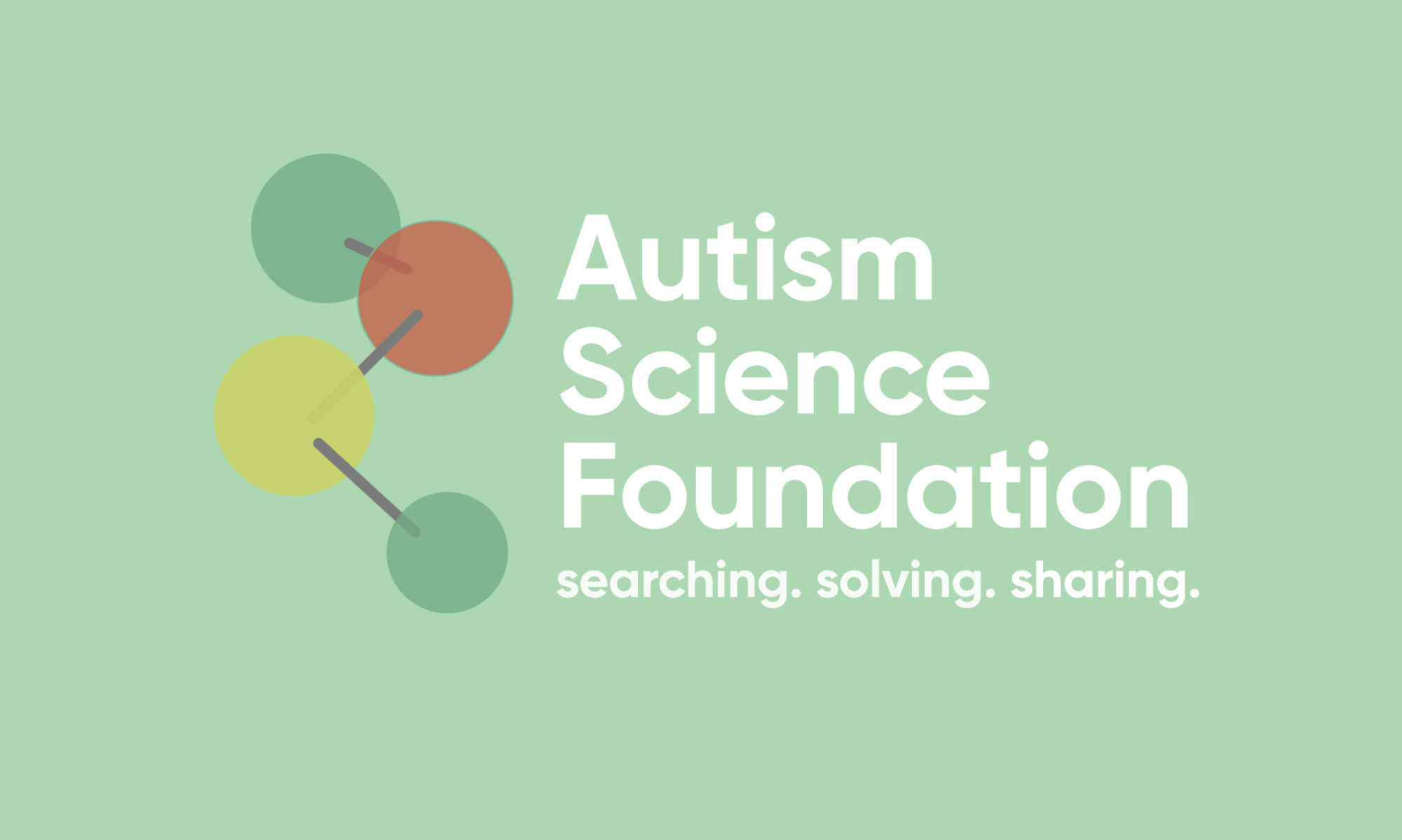Podcast: Play in new window | Download
Subscribe: RSS
Two therapies that are meant to alter brainwave activity, called Transcranial Magnetic Stimulation and Transcranial Direct Current Stimulation are receiving a lot of attention for potential efficacy in treating autism. They are non-invasive, which means treatment is provided on the scalp. While results vary, the overall evidence does not support these two interventions in helping to treat core autism features. However, as TMS is approved for depression and OCD, people should ask their doctors about these potential treatments if they suffer from these conditions. Learn more in the articles below:
https://link.springer.com/article/10.1007/s00787-024-02635-z
https://academic.oup.com/cercor/article-abstract/34/13/8/7661139?redirectedFrom=fulltext&login=false

